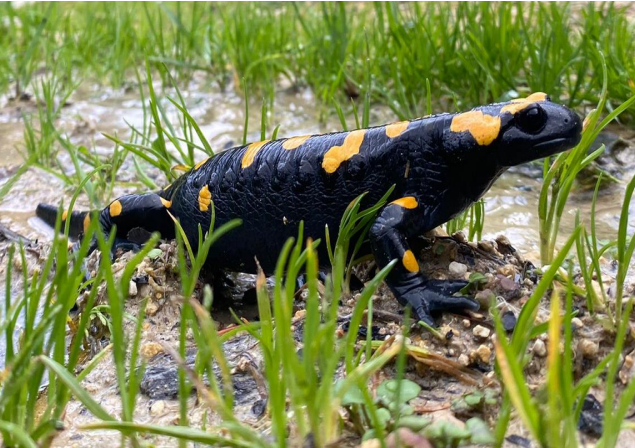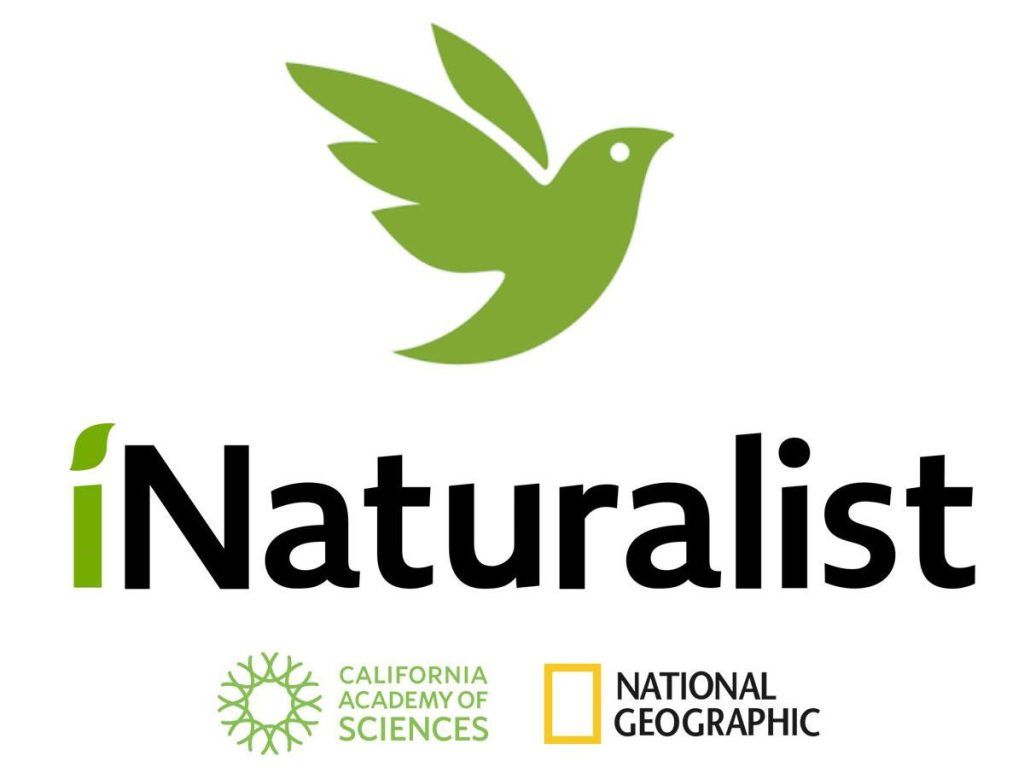Communities and education
"Tatzpiteva" Golan ecological community monitoring
In 2014, a master plan was approved for preserving the biodiversity of the Golan`s open areas, led by the Golan Regional Council. Consequently, the need to conduct a long term study of the Golan’s fauna and flora arose. Knowledge of the region`s biodiversity provides decision makers with an excellent tool for proper management of wildlife and the open areas. Local citizens are invited to use these tools to record and upload observations.
The data collected is thereafter used by scientists, environmental organizations and decision makers to manage the Golan’s ecosystems. Furthermore, “Tatzpiteva” aims to strengthen the relationship between residents of the Golan and their surroundings, serving as an excellent educational tool for the community.
Identification of individual salamanders using spot-based model.
The Salamandra infraimmaculata, commonly known as the Near Eastern fire
salamander, has been assigned the conservation status of “Near Threatened” on the IUCN Red List of Threatened Species. The Society for the Protection of Nature in Israel, in collaboration with Yarok Balev NGO, works to track Salamander population size by identifying individual salamanders by human experts based on digital images collected during annual winter monitoring projects. While this process is currently being done manually, we propose the development of an automated algorithm to process the images so that the identification of individual salamanders can take place without human intervention.
The main idea behind our approach is to treat the spot pattern on the salamanders as a type of identifying fingerprint. To implement our algorithm, we developed a multi-step process that involves segmentation, generating a straightened image of the salamander using SVD and the Dijkstra algorithm to transform the pixels of the salamander, and gathering spatial and geometric features from the salamander’s spots. Then using a neural network we classify spots and establish whether the salamander is the same or different according to how well the spot pattern fits previous images of salamanders.




The Wild Mushroom Monitoring Project
The Wild Mushroom Monitoring Project is a citizen science-based initiative that aims to generate high-quality data on the abundance and distribution of wild mushrooms in Israel. The present techniques for evaluating wild Mushroom population sizes necessitate systematic protocols and trained personnel to collate and analyze biodiversity data. Consequently, these methods are laborious and expensive, thereby restricting their scalability. This has resulted in population estimates being confined to a handful of species, limited geographic regions, and truncated time frames.
The use of citizen science in monitoring mushrooms is widely accepted and effective in increasing knowledge on diversity and abundance. The project aims to engage amateur citizens, professional field personnel, and academics to locate and identify mushrooms’ fruiting bodies as part of the monitoring of wild mushrooms in Israel.
The project closely collaborates with the local community to promote information gathering from images, and it supports the expansion of scientific research related to wild mushrooms and Citizen science in Israel. The Wild Mushroom Monitoring Project is an innovative approach to addressing the challenges associated with monitoring wild mushrooms in Israel, and it represents a unique opportunity for citizen scientists to contribute to scientific research while promoting environmental conservation
Haifa wild boars'
Under a citizen science project on wild boars in Haifa, senior citizens joined school projects and placed trail cameras around the city. The senior citizens were then trained to identify wild boars from other animals, distinguish between males and females, and identify different life stages (cub, young, or adult). Finally, they were asked to identify groups of wild boars at different events from pictures and videos and estimate their approximate population size.
The collected data were compared with expert analysis to evaluate the accuracy of student estimates of population size.
The project was done through “Merhav 60 Plus” Haifa, an entrepreneurship space intended for senior citizens who want to create, regenerate, and act for themselves and for society.


iNaturalist Israel
iNaturalist is a technological platform – comprising a website (https://www.inaturalist.org) and an application – that allows individuals and groups around the world to record and report plants, animals, and all living things. iNaturalist is an initiative of National Geographic and the California Academy of Sciences. It is based upon the principles of evidence-based citizen science and random, opportunistic data sampling. The data collected in iNaturalist can be used for scientific research, as well as assist in the formation of local and national nature-preservation policies. Beyond that, the participation in iNaturalist strengthens the ties between observers and nature.


iNaturalist Israel is the Israeli branch of the international network of iNaturalist nodes . It is operated in collaboration with the Citizen Science National Center at the The Steinhardt Museum of Natural History, Tel Aviv. All the observations which are uploaded to the iNaturalist network are automatically included in both the international and Israeli databases. As part of our work we: (a) assist in the coordination between iNaturalist members in Israel (including experts and curators); (b) help local communities kick-start projects on the platform, (c) contribute to the accuracy of local biological knowledge (such as adding Hebrew common names, local conservation statuses, etc.), and (d) making the platform more accessible (for example, translation to Hebrew).
Education program
As part of our study we aimed to assess the feasibility and effectiveness of involving high school students in a citizen science project focused on the identification and estimation wildlife’s. The project involved students in the placement of trail cameras in their residential areas and subsequent identification of wild boars from pictures and videos. The students are trained to identify wild boars from other animals, distinguish between males and females and different life stages (cub, young or adult). Then they are asked to identify groups of wild boars at different events from pictures and videos and thereby estimate their approximate population size. The collected data is compared with expert analysis to evaluate the accuracy of student estimates of population size.
Currently, the study was conducted in six schools, 22 classes, and involved over 500 students. The next phase of the study includes comparing the student data with an AI system and expanding the range of animals identified by the students.
This study highlights the potential of involving high school students in citizen science projects as a means of engaging them in scientific research, promoting environmental awareness, and developing scientific skills.
Part of the work has been done in collaboration with the Taking Citizen Science to School (TCSS) center, by the University of Haifa and Israel’s Institute of Technology.



